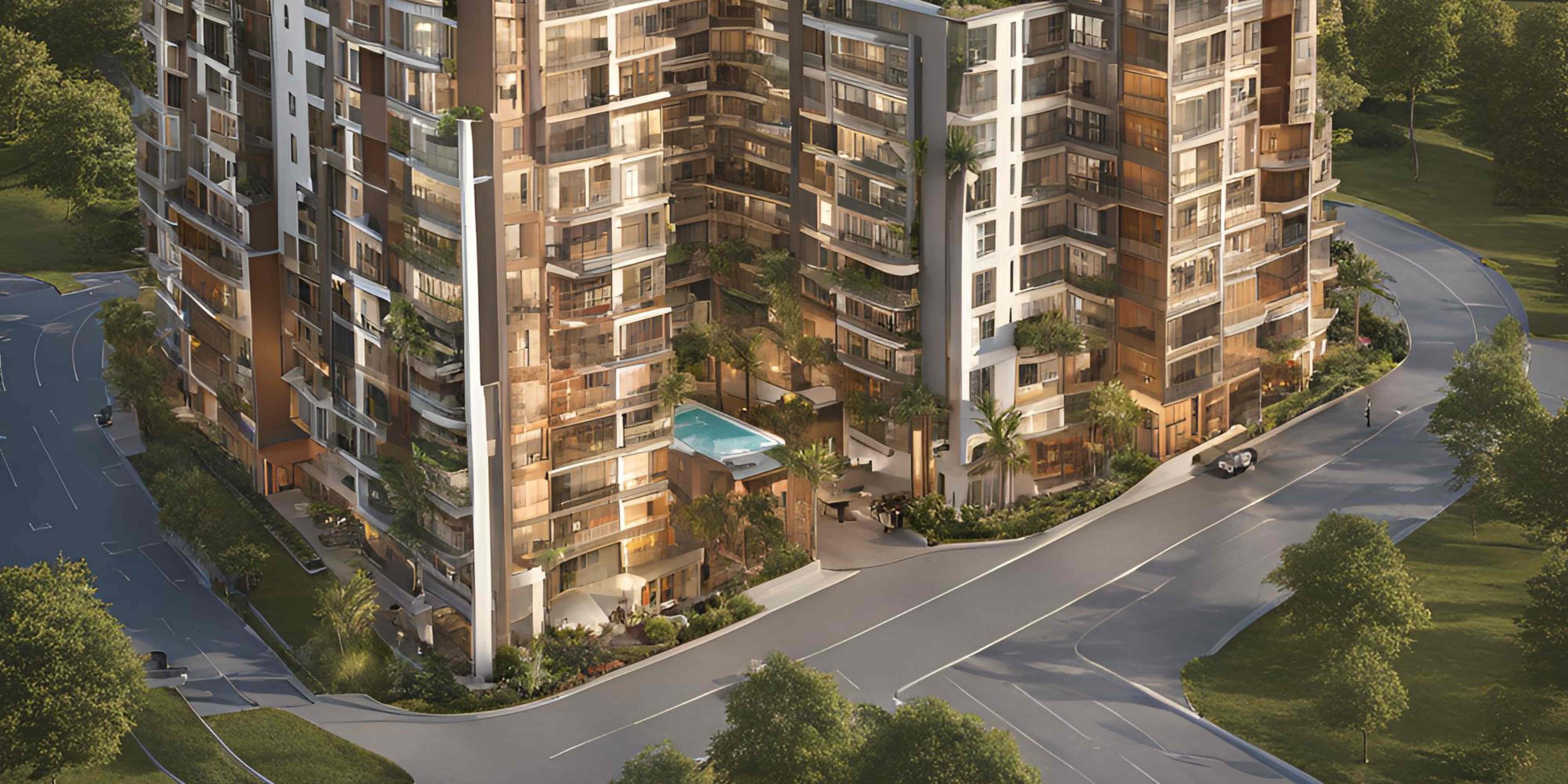Average Flat Size in Top Seven Cities Increases by 32% in Five Years: Report
Read latest blogs and articles from Housystan

The Information mentioned here was last updated on:
11/12/2025Average Flat Size in Top Seven Cities Increases by 32% in Five Years: Detailed Analysis
The Indian real estate market has witnessed significant growth and transformation over the past five years, particularly in the residential segment. According to recent studies, the average flat size in the top seven metropolitan cities—Delhi NCR, Mumbai Metropolitan Region (MMR), Bengaluru, Hyderabad, Chennai, Pune, and Kolkata—has expanded by an impressive 32%. This trend reflects evolving lifestyle preferences, increasing demand for spacious homes, and changing dynamics post-pandemic, making it a focal point for both buyers and investors.
Delhi NCR has emerged as a leading region in this trend, with developers focusing on creating larger, more comfortable living spaces to cater to families seeking enhanced quality of life. Similarly, MMR and Pune have followed suit, adapting to the needs of urban dwellers who now prioritize ample space, better ventilation, and dedicated work-from-home corners. Bengaluru and Hyderabad, two booming IT hubs, have also seen a surge in demand for bigger flats as professionals increasingly choose homes that accommodate hybrid work models.
- Verified Tenants/Buyers
- Unlimited Property Listing
- Zero subscription/charges fee
Chennai and Kolkata are not far behind, showing steady increases in average apartment sizes as residents place greater emphasis on lifestyle amenities and overall wellness. This shift has prompted developers to reimagine project layouts, integrating open areas, larger balconies, and multipurpose rooms. As a result, the residential real estate sector in these cities is becoming more appealing to end-users and investors alike.
Factors contributing to this rise include affordable mortgage rates, government incentives for homebuyers, and an influx of new projects featuring contemporary designs. Moreover, the pandemic-induced preference for more personalized and flexible living spaces has reshaped housing demand in these urban centers. As a result, buyers now have access to a wide variety of options tailored to modern needs and aspirations.
For anyone considering property investment or homeownership in these thriving metropolitan areas, understanding the ongoing trend of increasing flat sizes can offer valuable insight into market dynamics. Whether you are searching for a new home in Delhi NCR, MMR, Pune, Bengaluru, Hyderabad, Chennai, or Kolkata, the current landscape presents unparalleled opportunities to secure a spacious and comfortable living environment.